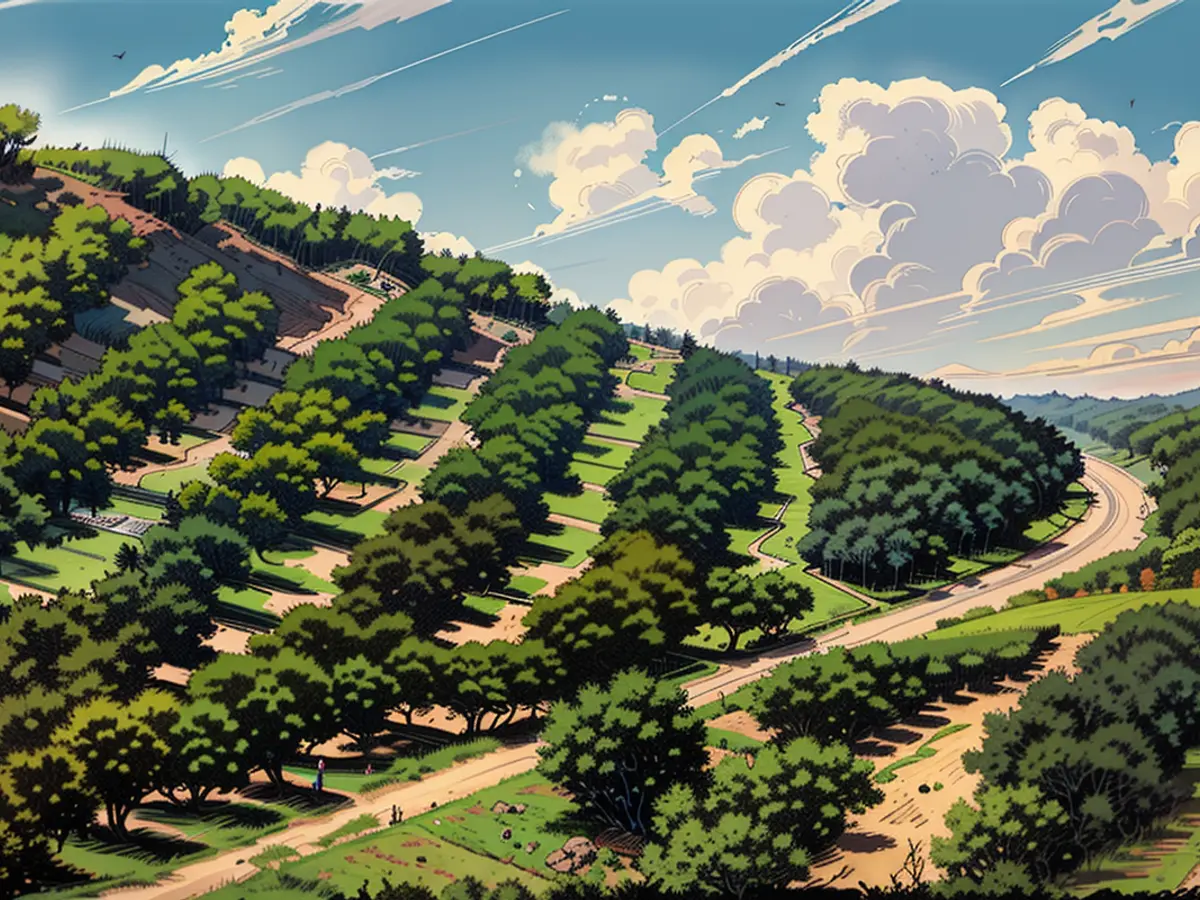Will the olive survive climate change?
In Spain, the Olive Oil Association held its first meeting - the reason is serious. Due to climate change, harvest quantities are declining. Simultaneously, prices are skyrocketing. Experts are looking for ways to save olive farming. Not all regions may have a future.
The consequences of climate change for olive trees and strategies against drought are the topics of the World Olive Oil Congress in Madrid. "Climate change is already a reality, and we must adapt," said Jaime Lillo, General Director of the International Olive Oil Organization (IOC), at the congress opening. According to IOC, worldwide olive oil production dropped from 3.4 million tons in the harvest year 2021/2022 to nearly 2.6 million tons in 2022/2023.
The association expects a further decrease to 2.4 million tons in the current year 2023/2024. Prices have correspondingly risen, with increases of up to 50-70% per variety in the current harvest year. In Spain, which produces half of the global consumption, prices have tripled since 2021. Alone in May, the increase was 63% compared to the previous year's month.
The Madrid government suspended the value-added tax on olive oil in July due to these reasons and added it to the list of "essential goods." The country, with around 14 liters per capita, ranks second globally in per-capita consumption alongside Greece. This measure not only relieves Spanish consumers but also "supports the olive sector and the consumption of such an essential product for our country," said a government spokesperson. Essential goods include items like bread, fruit, and vegetables. The value-added tax rate is typically 4% - it can be reduced to zero in times of strong inflation.
Comparison with the Banking Crisis of 2008
"This has never happened before," said the chairman of the Spanish olive farmers, Pedro Barato, regarding the price surge. He compared the impact on the sector with the effects of the 2008 financial crisis on the banking industry. Barato urged farmers to "adapt to increasingly complex scenarios" in the face of climate change. This is no simple task, as over 90% of the world's olive oil comes from the Mediterranean region, which warms up much faster than the average, according to climate researchers.
IOC Chief Lillo stated that the olive tree is one of the best-adapted plants to drought. "But under extreme drought conditions, it activates protective mechanisms and produces no olives anymore. Olives need a minimum amount of water," Lillo explained. Discussed strategies in Madrid include irrigation systems that bring water "directly to the root," preventing evaporation, as Kostas Chartzoulakis from the Greek Olive Institute pointed out. Another possibility is new cultivars that "better withstand stress through water scarcity in critical periods," as Juan Antonio Polo, IOC Technology Expert, emphasized.
A third discussed solution is the most radical: abandoning olive cultivation in certain regions and establishing new plantations in areas where olive trees have not grown before. IOC President Lillo expressed optimism: "Step by step and with international cooperation, we will find solutions," he said.
To the Olive Oil Congress in Madrid, the first one ever, around 300 participants have gathered until Friday. The International Olive Council exists since 1956. Members are countries that produce olives or olive oil.
The Spanish government, recognizing the impact of climate change on olive farming, implemented an agricultural policy by suspending the value-added tax on olive oil and classifying it as an essential good. In response to the rising prices and declining harvest quantities, educational initiatives are essential to teach farmers about drought-resistant cultivars and efficient irrigation systems.







